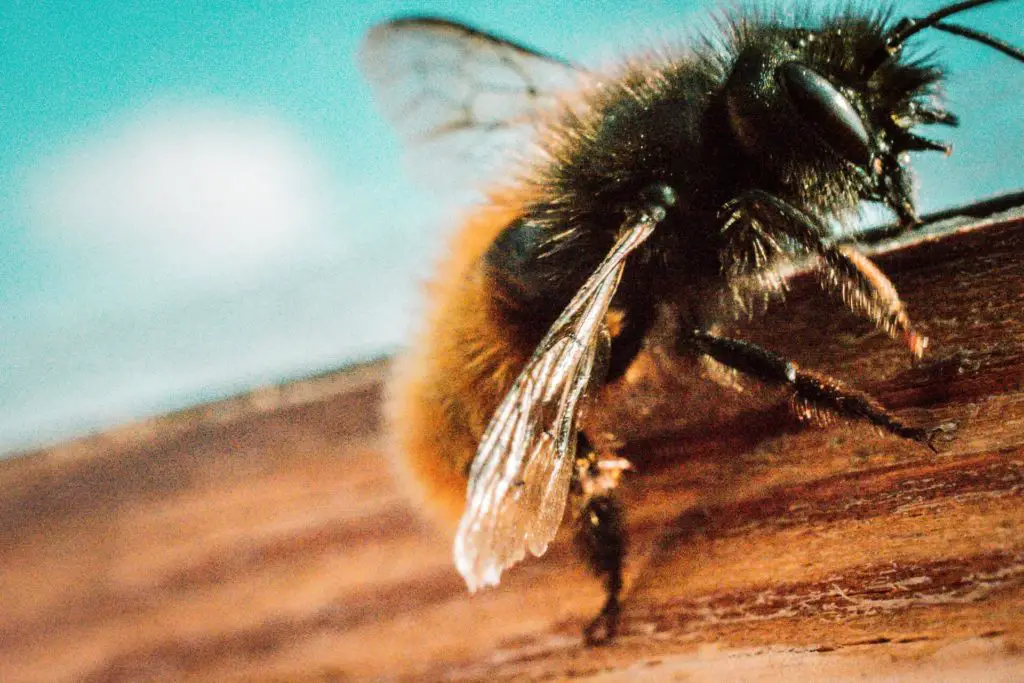Last updated on January 8th, 2024 at 10:55 am
Why do you find bees with no wings? We take a closer look at some of the reasons you might be finding bees with missing wings.
Why am I finding bees without wings?
The main reason you’d find a bee with no wings is an RNA virus named Deformed Wing virus, often called DWV.
The Deformed Wing virus mainly affects honeybees (Apis mellifera) but has been observed in some species of bumblebee (Bombus terrestris), including the buff-tailed bumblebee and the large earth bumblebee.
Other noticeable symptoms may include:
- Damaged legs and appendages
- Short stub-like abdomens
- Paralysis of legs or wings
- Miscolouring on the abdomen
Want a way to help bees without becoming a beekeeper? Don’t miss our amazing bee revival kit, which contains a special syrup to feed the tired or thirsty bees you find.
Wingless Bee: Why do bees lose their wings?
The Deformed Wing virus displays itself predominantly in the malformation of honeybees’ wings.
As the honeybee develops through the different stages of its lifecycle, signs of the virus will become apparent.
Wings will not form properly at the larval stage, and deformation of the abdomen may also be present in some cases.
DWV is also closely linked to Varroa mite infestation. Although DWV is found in colonies without Varroa, those infected are more severely affected by the virus.
Can bees grow their wings back? No, unlike reptiles who can grow back lost limbs, bees cannot regrow their lost or damaged wings.
What happens to bees with missing wings?
Sadly any bees affected by the Deformed Wing virus have a considerably reduced lifespan and can only expect to I’ve around 24 hours.
Interestingly healthy colony members will often eject bees suffering from DWV from the hive. This often means that bees missing their wings can be quite obvious due to the number of them outside but close to the entrance of the hive.
What are the origins of the Deformed wing virus?
The virus was originally isolated in honeybees from Japan in the early 1980s. Since then, it has spread worldwide and affects managed and wild colonies of honeybees worldwide.
How to avoid DWV as a beekeeper
In managed colonies, there are methods to treat Varroa mites which in turn can help mediate the effect of the Deformed Wing Virus.
Beekeepers can deploy mite treatments to minimise DWV amongst the population. This normally consists of treating the hive with a vapour that kills the mites but does not affect bees.
So now you know why you’re finding bees with no wings and how beekeepers are trying to prevent the further spread of this damaging virus.




